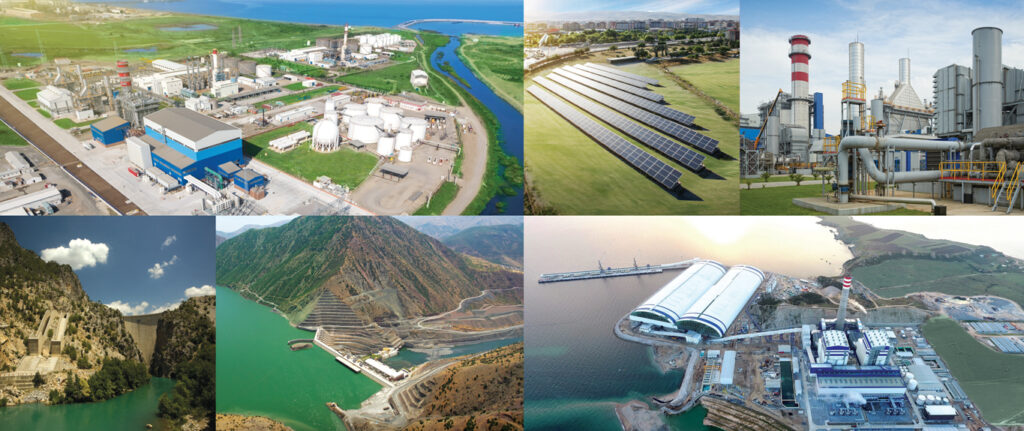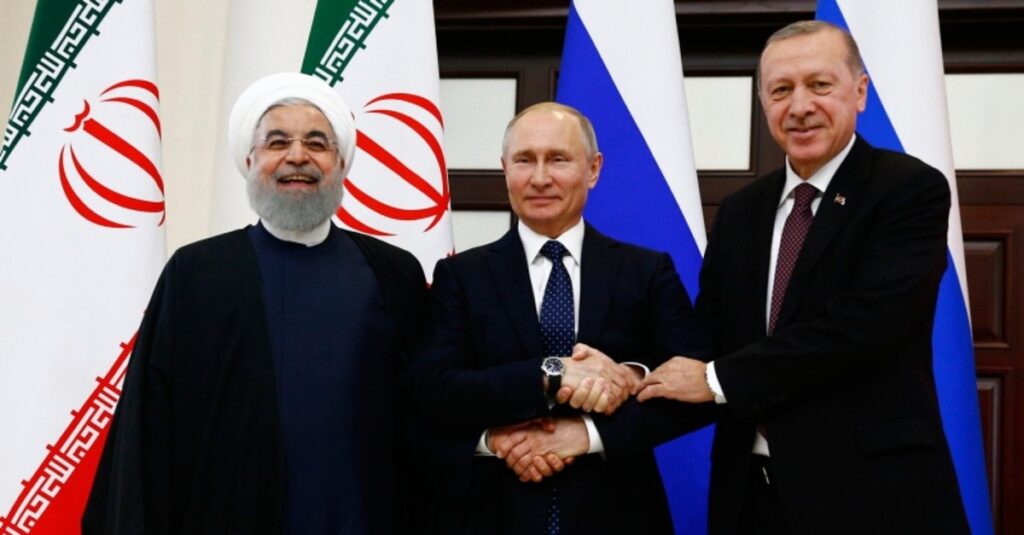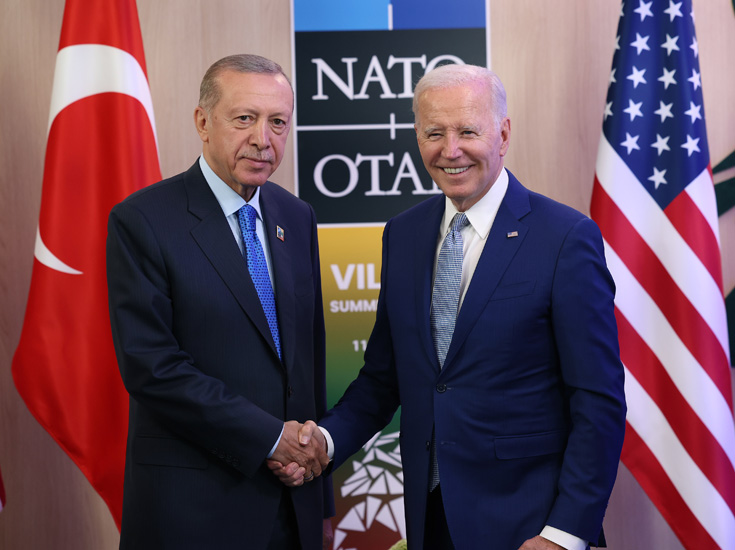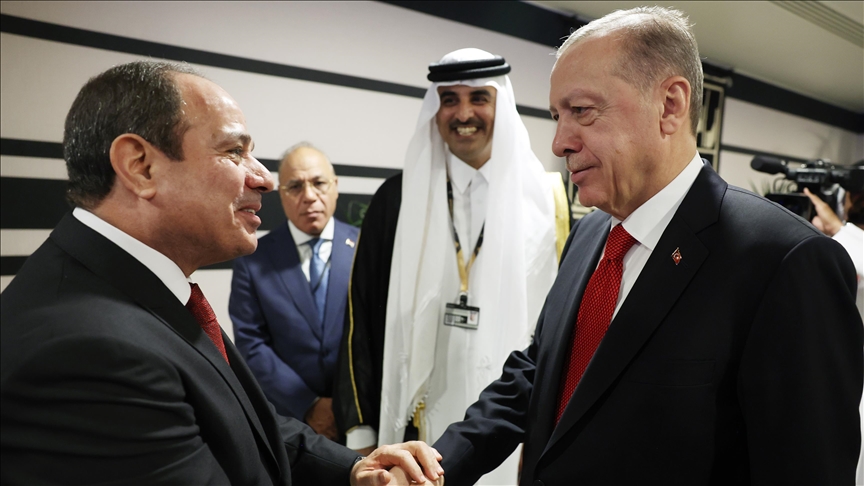The Central Asia Chessboard – China intimidates Russia and US
The Central Asia Chessboard – China intimidates Russia and US
___________________________________________________________________________________
By Nicat Ismailov
February 2022
__________________________________________________________________________________
The 30th anniversary of the establishment of diplomatic relations between China and Central Asia has been recently celebrated. For this reason, an online summit has been held between Chinese President Xi Jinping and Central Asian leaders. The summit has also stressed the strategic importance of friendly relations between the two countries and sent clear messages against the major powers.
Thus, in his speech, the Chinese president has openly stated that the countries of the region reject foreign intervention (Russia) and the colour revolutions (USA). Given that the main foreign interventions in the region often come from Russia, and the United States is the organiser of the colour revolutions, we can say that Jinping’s message is aimed at Washington and Moscow.
“China strongly supports the development of Central Asian countries in accordance with their national realities, the protection of their independence and territorial integrity,” Xi Jinping has said.
Nevertheless, it is clear from the last summit that China is concerned that the region, which is under its economic “curatorship”, will become a battleground between the United States and Russia. Because China’s Central Asian diplomacy is based on economic, i.e trade factors. Therefore, it is necessary to have stability in the region. US-Russian rivalry destroys regional stability. China, in turn, is trying to send a “Here I am” message to global powers with this summit.
China captures Central Asian countries …
It should be noted that in recent years, China has been getting steadily stronger in the Central Asian region compared to the United States and Russia. China’s Central Asian diplomacy is generally aimed at making the countries of the region commercially dependent on Russia through soft power and economic factors, without irritating them. We can also call this diplomacy “debt diplomacy”. Because China lends itself to these countries with rich energy resources and strategic geographical location by allocating “soft loans” and investing in them. Debts and growing economic ties make these countries politically and economically dependent on China.
Although Russia, which sees the region as its “close circle” and “backyard,” is concerned about this, it is unable to prevent China from gaining strength in Central Asia amid tensions with the West. Because China is the last door that Moscow can knock on in the face of pressure and sanctions from the West …
However, the parties have reached a “gentleman’s agreement” on the region. According to the agreement, China controls the economies of the countries in the region, and Russia controls the military and political systems, and the parties do not interfere in each other’s sectors.
However, the dependence of Central Asian countries on China is growing. Over the past 30 years, economic ties between China and Central Asia have grown 100 times. Especially in the last 10 years, Central Asian countries have been China’s energy suppliers and transit hubs in the Belt Road project.
According to 2019 figures, China supplies 15% of its natural gas from Turkmenistan, Kazakhstan and Uzbekistan. In addition to natural gas, China produces uranium, oil, coal, etc. products such as mainly from Central Asian countries.
Turkmenistan
The country acts as China’s gas supplier. Until the early 2000s, Turkmenistan, the world’s fourth-largest gas producer, was completely dependent on Russia for gas exports. During the first decade of independence, Turkmenistan sold its gas to Russia and alternatively through Gazprom to Europe, Iran and China. However, in recent years, China has invested more than $8 billion in Turkmenistan’s energy sector. At the same time, it has become a major buyer of Turkmen gas by laying a 1,800-kilometer natural gas pipeline.
Thus, according to the latest figures, Turkmenistan exported $ 9.9 billion worth of goods to the world, of which $ 8.7 billion was imported by China. In addition, 100% of $ 8.6 billion worth of natural gas products have been exported to China. In other words, China has become a major buyer of Turkmen products. At the same time, Turkmenistan’s debt to China has increased. At present, the country is the 23rd largest debtor to China.
Uzbekistan
Uzbekistan is one of the Central Asian countries in which China has recently invested and borrowed the most. Over the past five years, China’s investment in the Uzbek economy has exceeded $ 8 billion. During a visit to Beijing in May 2017, Uzbek President Shevkat Mirziyayev signed an $ 20 billion energy contract. Under the agreement, China will allocate $ 5 billion to Uzbekistan’s oil and gas sector and $ 3 billion to the natural energy sector.
It should be noted that Uzbekistan’s debt to China has also increased. Recently, China’s Eximbank and the China Development Bank have provided a total of $ 4 billion in loans to Uzbekistan. Thus, Uzbekistan has risen to 40th place in the list of countries that China lends the most
Moreover, in 2019, Uzbekistan exported $ 1.3 billion worth of gas, of which $ 1.1 billion came from China. In recent years, China has become Uzbekistan’s largest exporter and second largest investor. More than 70 large and more than 500 medium-sized Chinese companies currently operate in Uzbekistan. Most of the oil and gas exploration operations in Uzbekistan are carried out by the Chinese company CNPC (China National Petroleum Corporation).
Kazakhstan
This region is one of the strategic countries for China’s Belt Road project. Over the past 20 years, China has invested more than $ 20 billion in the country (until 2019). The total trade turnover between the two countries exceeded $ 11 billion. According to recent reports, China is Kazakhstan’s largest exporter. China is the main buyer of uranium produced in the country, along with Kazakh oil. In Kazakhstan’s energy sector, Chinese companies have a clear advantage over US and Russian companies and control the sector.
This, with a public debt of about $ 12 billion, Kazakhstan is one of the countries with the largest debt to China.
Kyrgyzstan and Tajikistan
Although economically the two countries lag behind other countries in the region, they have close cooperation with China. China’s investment in these countries is more focused on infrastructure. Official Beijing has allocated loans to build tunnels, roads, bridges, etc. supports the construction. At the same time, the debt of these countries to China is constantly growing. Tajikistan currently owes $ 1.5 billion to China and $ 1.8 billion to Kyrgyzstan. These figures are about 50% of the foreign debt of these countries. Kyrgyzstan’s debt to China has increased 200-fold over the past 10 years, making it the fifth-largest borrower from China and the 20th-largest in Tajikistan.
So, as can be seen from the picture above, China has ensnared Central Asia in its economic labyrinth. Official Beijing has become a major power and game builder in the region. On the 30th anniversary of the establishment of diplomatic relations with the countries of Central Asia, China declares its power in the region to the world, defies the states trying to intervene and declares the following: Foreign interventions and colour revolutions in Central Asia cannot take place without China’s permission …









